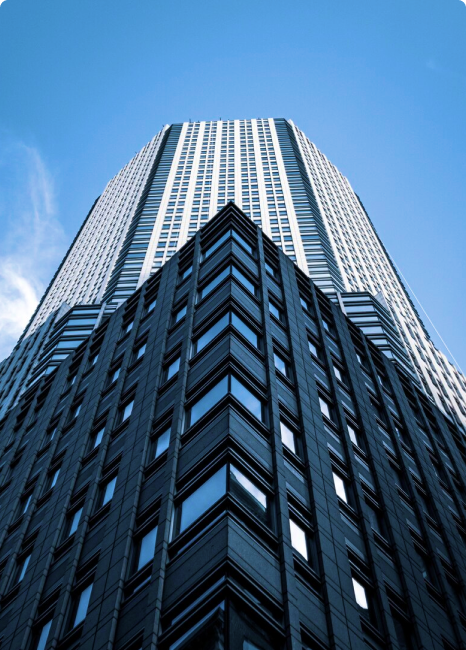The Fundamentals of Height Safety: Kerrect’s Comprehensive Guide

It’s no surprise that working at heights presents a unique set of challenges and risks that require a thorough understanding of safety protocols and best practices. Whether you’re a seasoned professional, or a newcomer to the height safety industry, this comprehensive guide Kerrect have put together, will equip you with the essential knowledge to ensure the safety of everyone, whilst working in elevated environments.
Understanding the Importance of Height Safety
The significance of height safety cannot be overstated and it’s no surprise that accidents and injuries from falls at elevated work sites can have devastating consequences. Given our extensive experience within the height industry, Kerrect understand the importance of incorporating proper height safety practices, across every aspect of the work site. Although there is a plethora of information out there regarding height safety, we’ve put together a comprehensive list of what we believe to be the essential components of height safety on a work site.Essential Components of Height Safety
- Risk Assessment and Planning
- Proper Training and Certification
- Appropriate Personal Protective Equipment (PPE)
- Anchorage and Fall Arrest Systems
- Rope Access Set-Up and Techniques
- Constant Communication
- Work Execution
- Emergency Response Plans
- Post-Work Procedures
